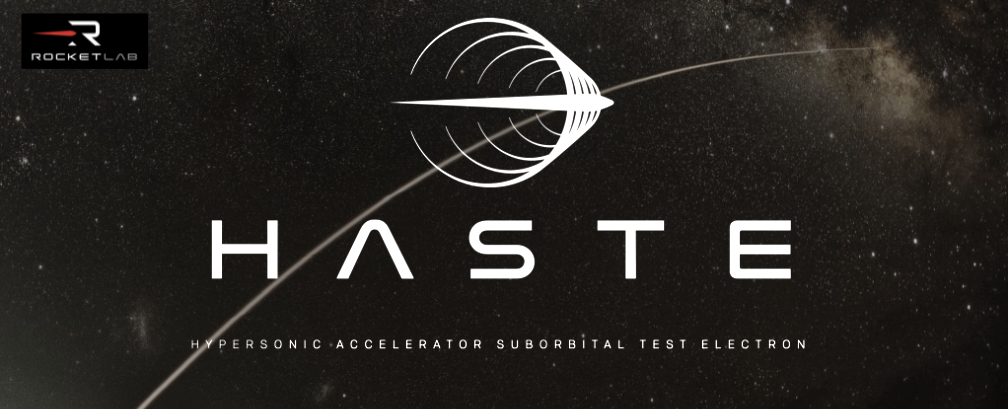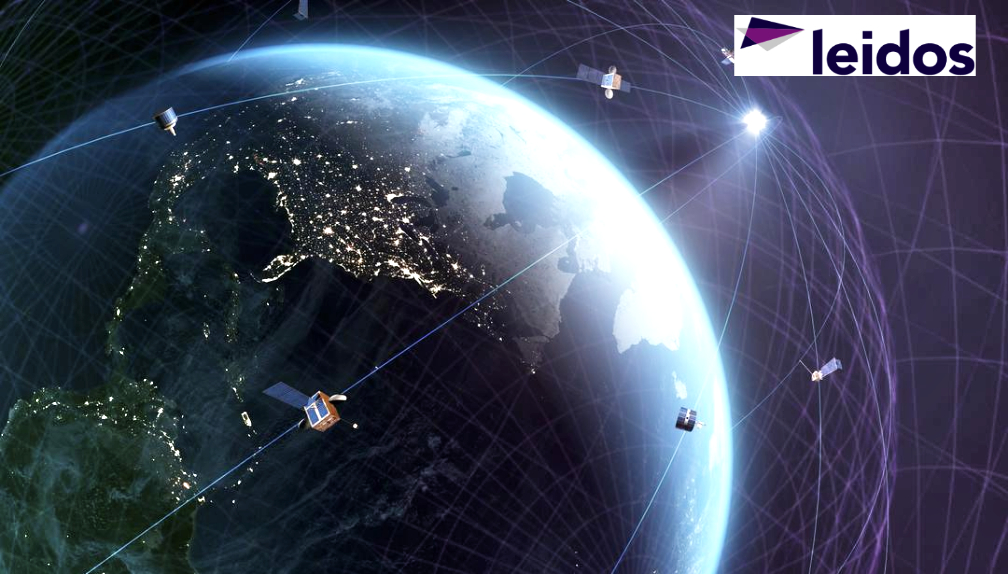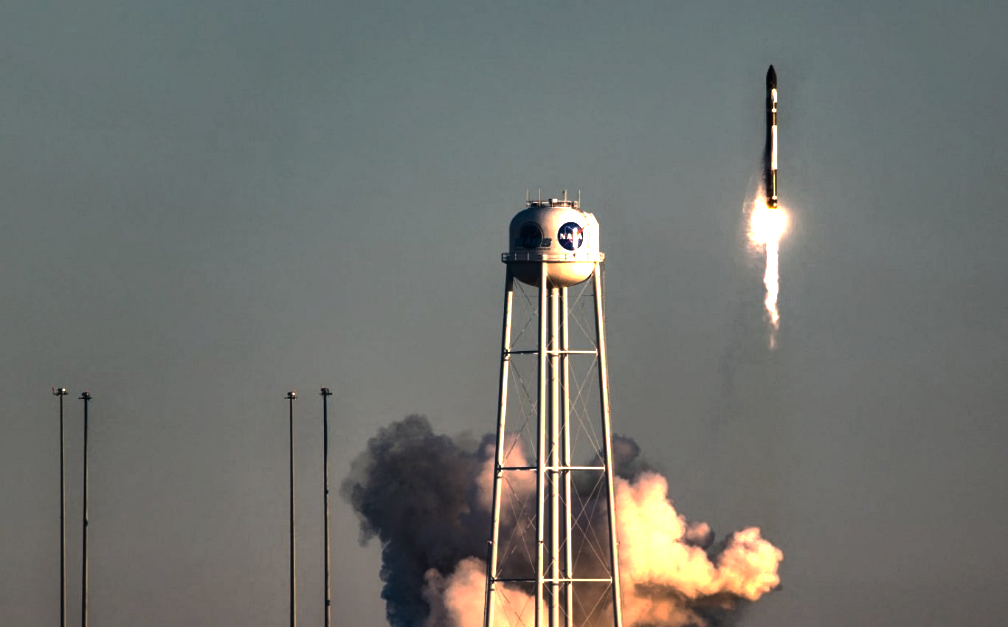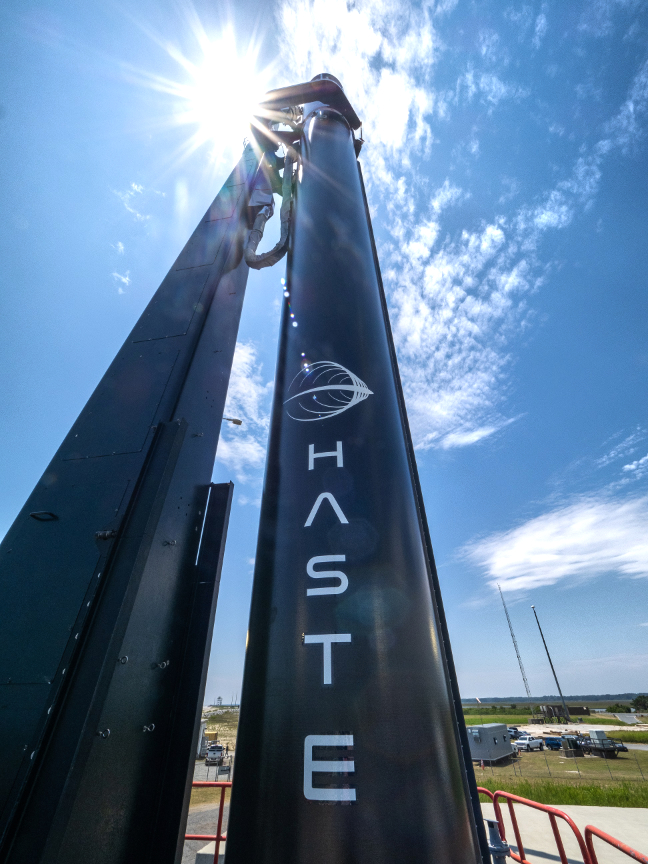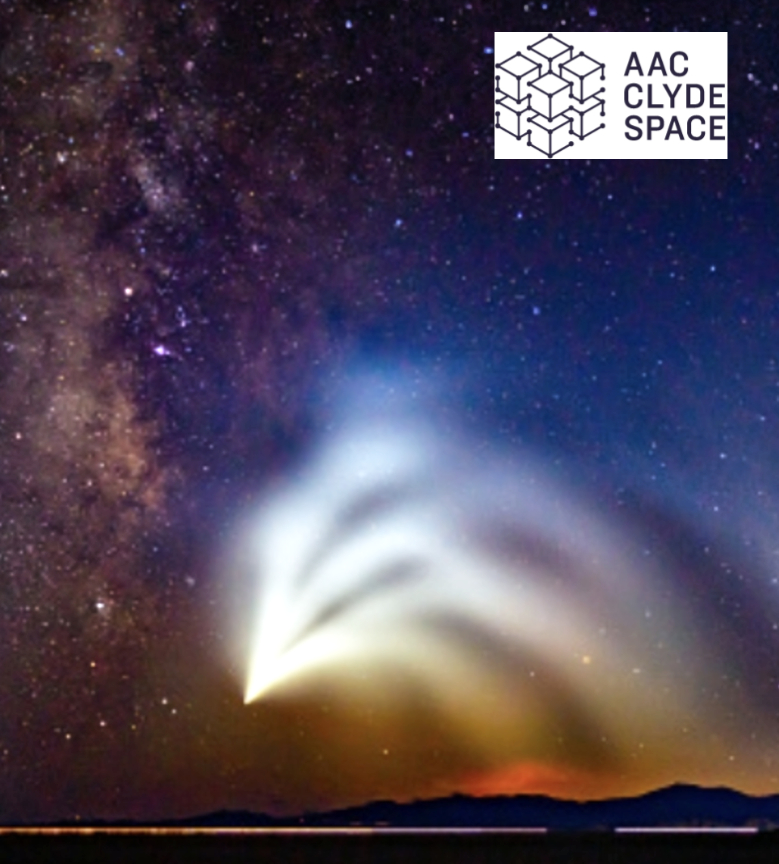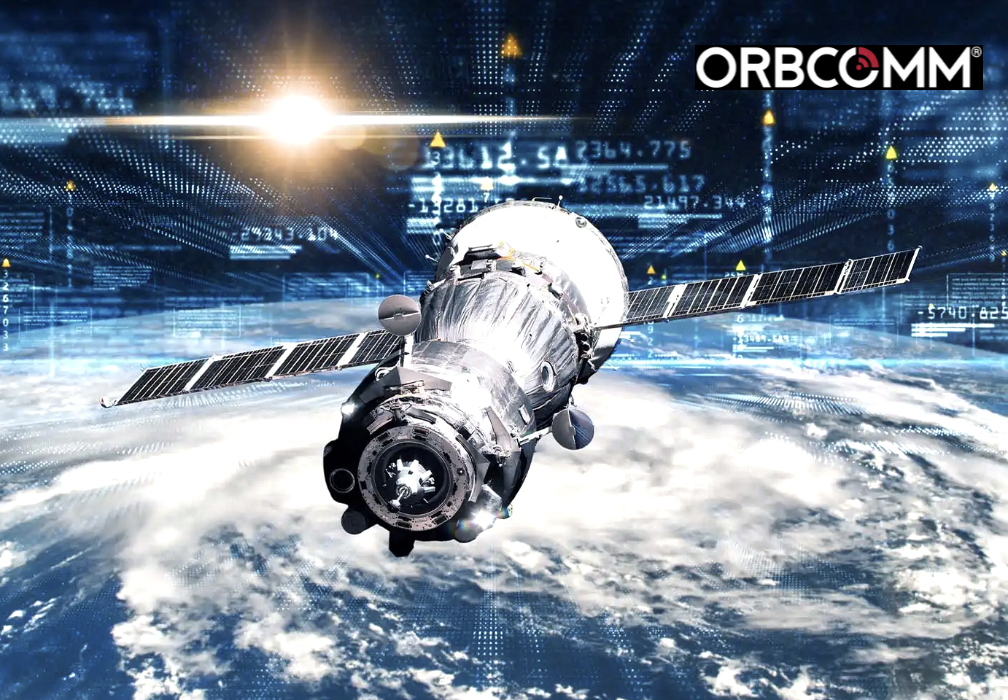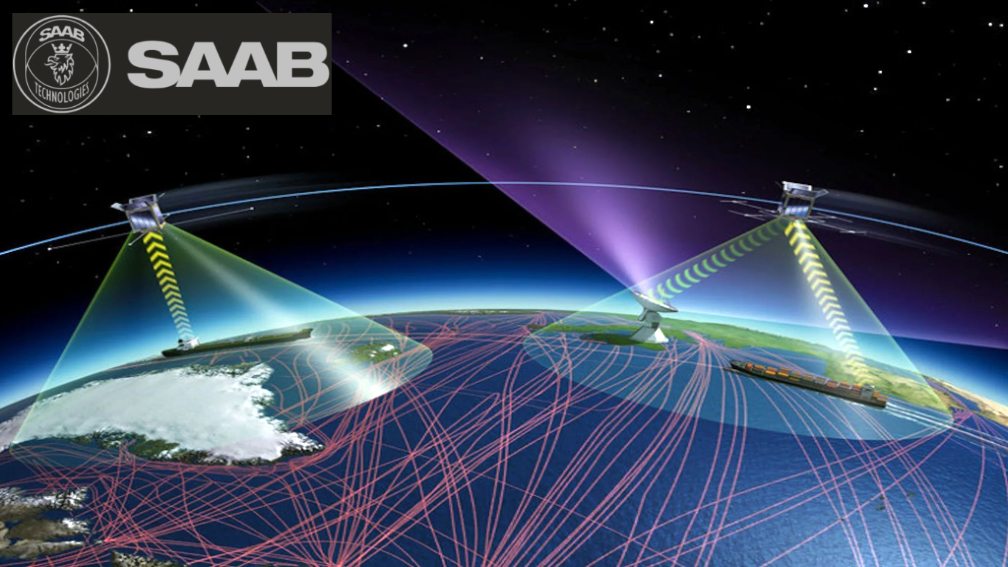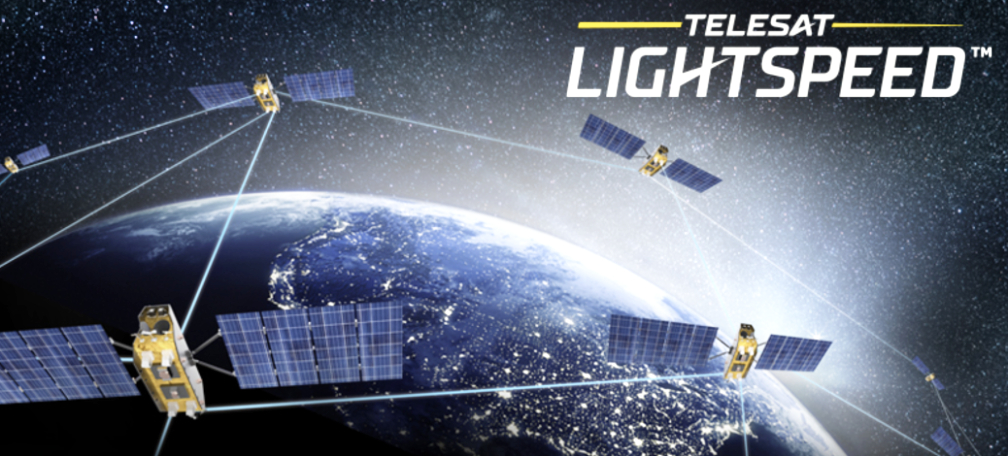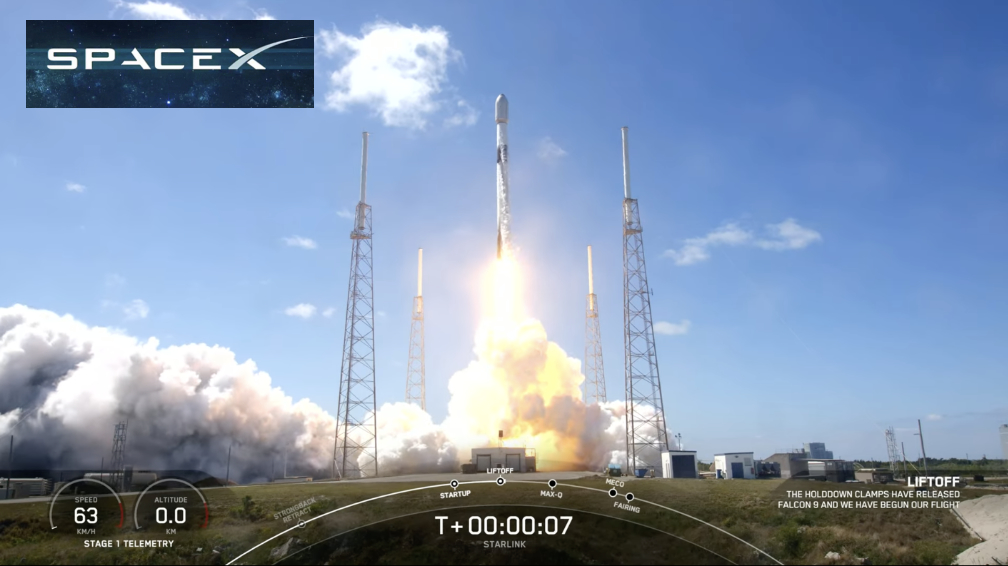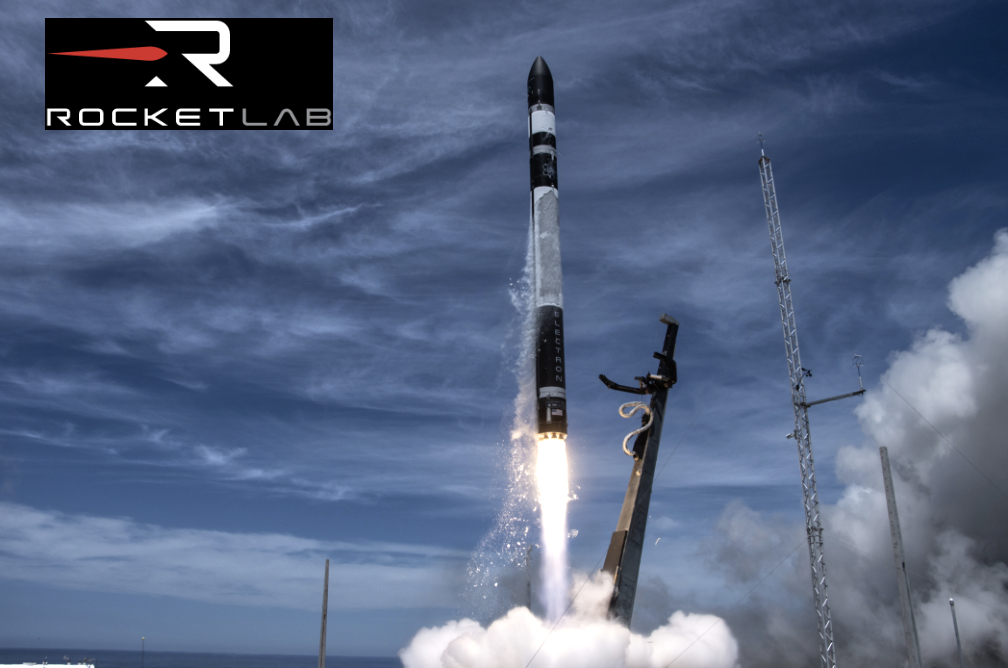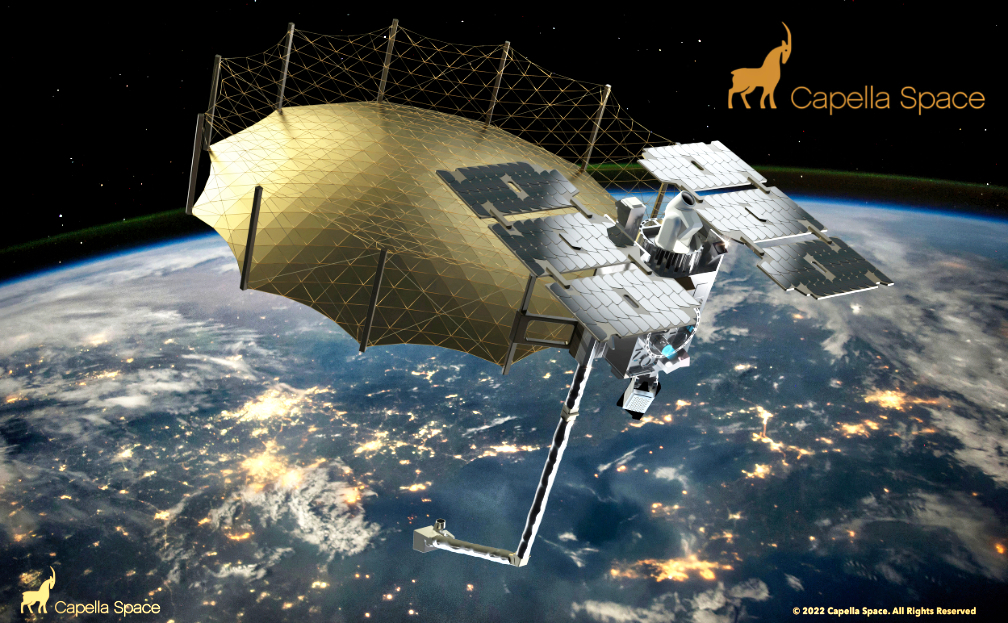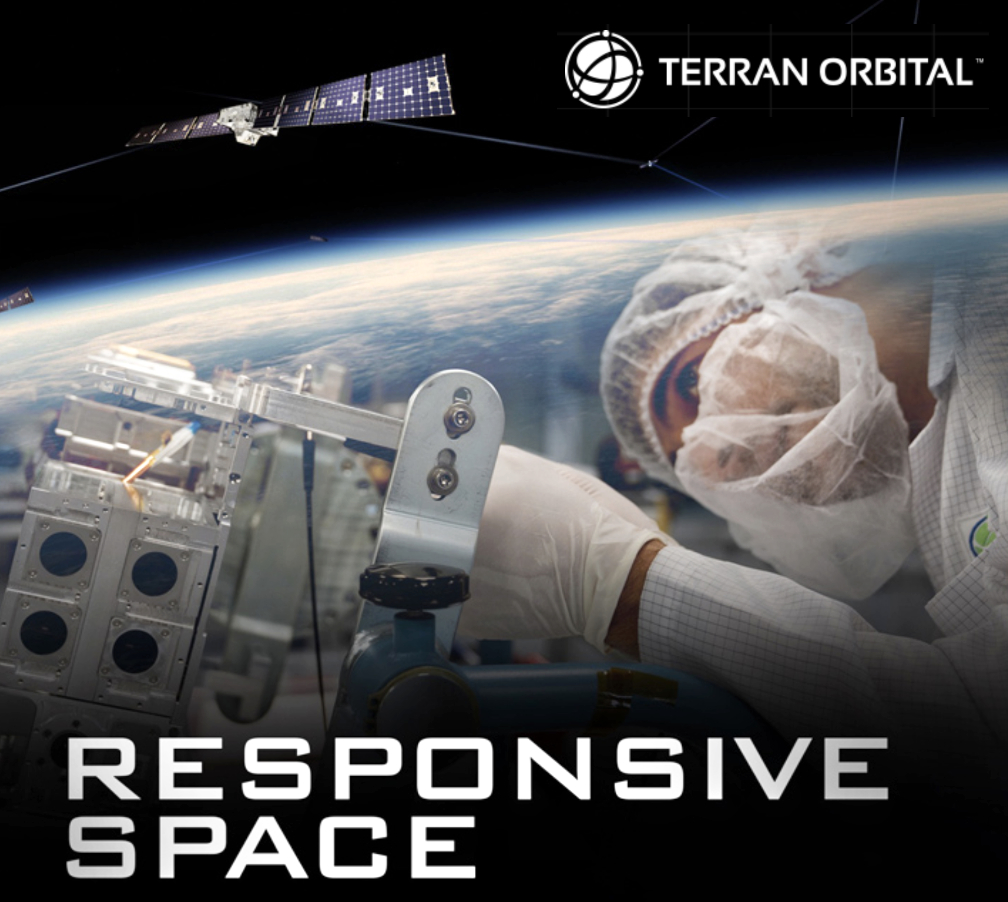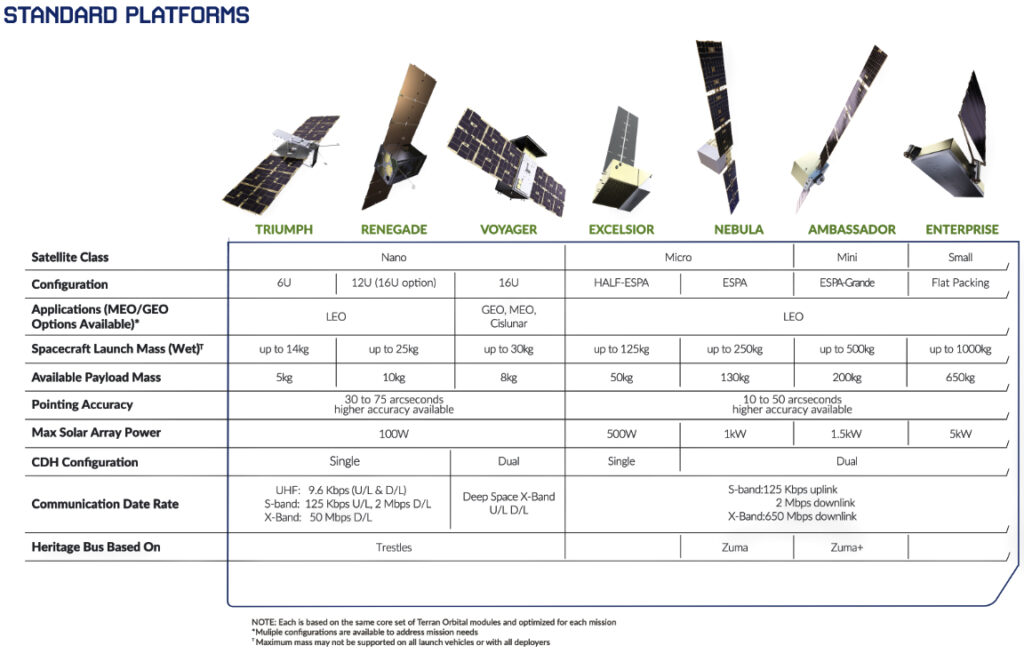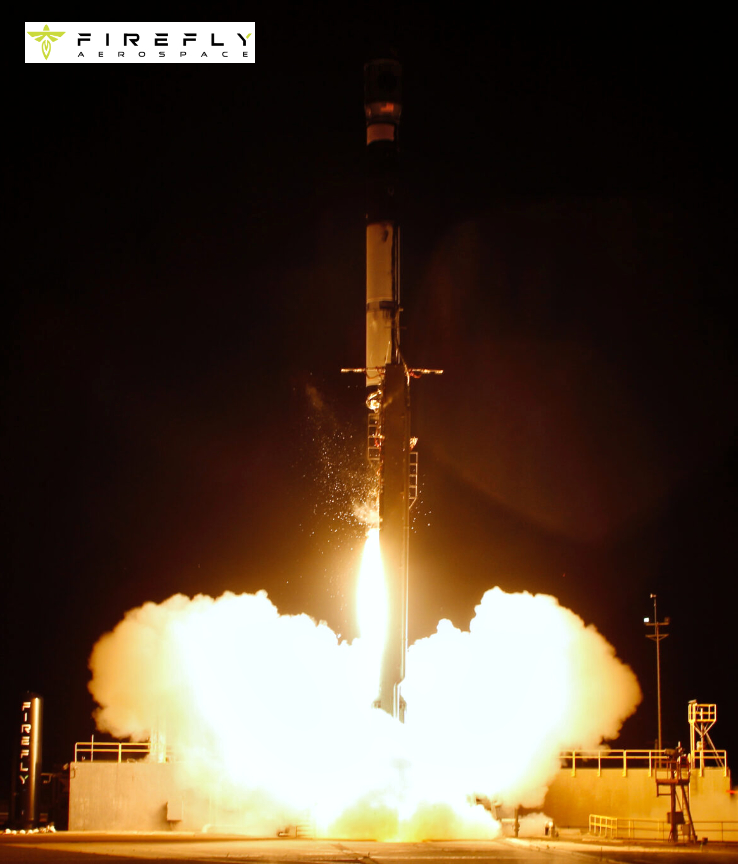
Firefly Aerospace has successfully launched the company’s Alpha rocket and has deployed the VICTUS NOX spacecraft following a 24 hour notice to complete final payload operations and mission preparations.
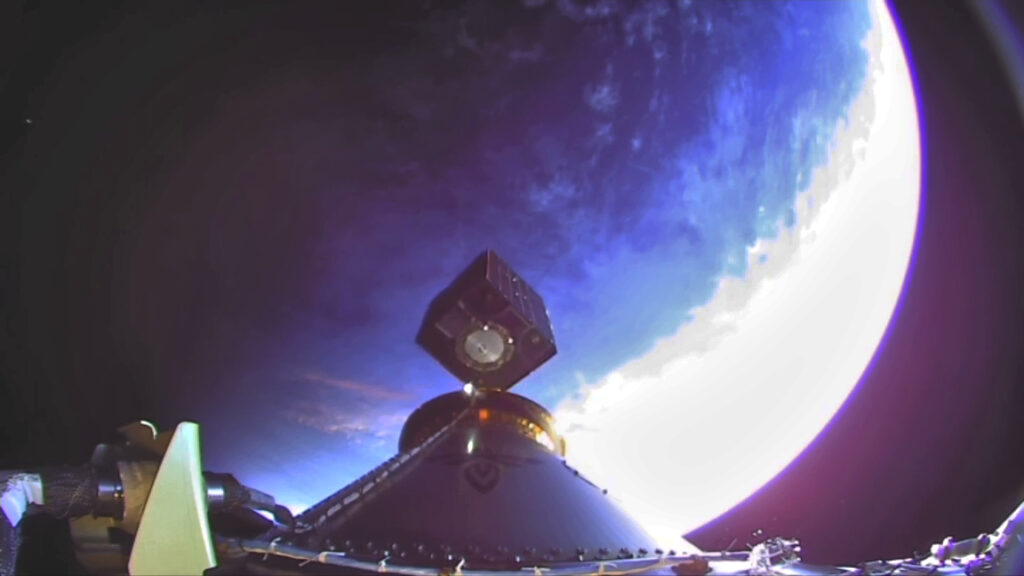
Led by U.S. Space Force Space Systems Command’s (USSF – SSC) Space Safari Program Office, and in close partnership with the Rocket Systems Launch Program, the mission advances the nation’s capability to rapidly respond to on-orbit needs during a conflict or in response to a national security threat.
Upon receiving the notice to launch and orbit requirements from the USSF, Firefly completed all final launch preparations, including trajectory software updates, payload encapsulation, transport to the launch pad, mating to Alpha, and fueling, within 24 hours. Alpha then launched at the first available window, 27 hours after receipt of launch orders.
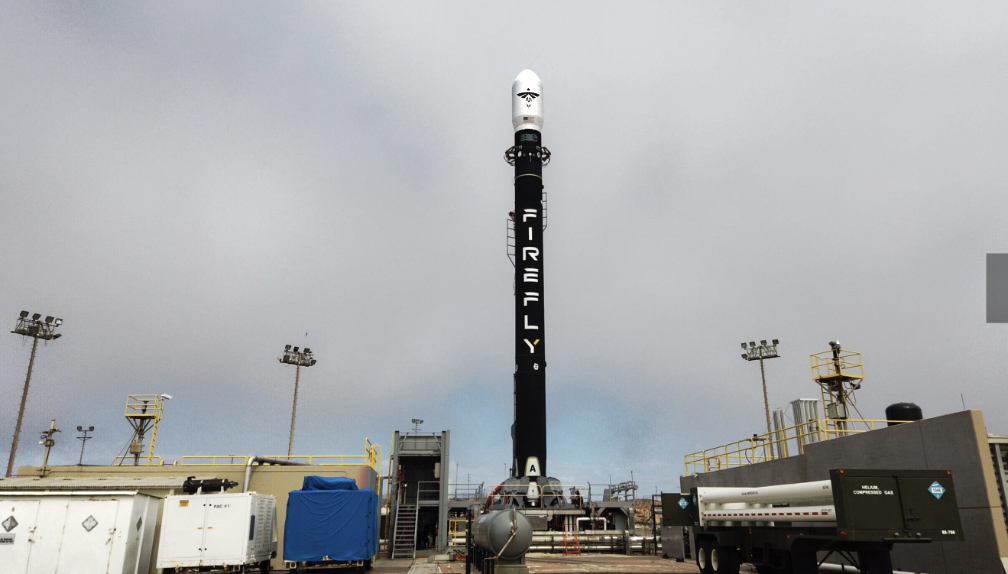
The flight began with a nominal countdown and liftoff at 7:28 p.m. PDT on September 14th. and progressed seamlessly through each stage of flight, including stage one main engine cutoff (MECO), stage separation and stage two ignition. Alpha then deployed the Millennium Space Systems satellite at the target destination in LEO. Firefly also successfully tested an Alpha stage two relight and targeted re-entry.
Building on this success, Firefly is ramping up Alpha production and testing for multiple upcoming launches, including missions in support of Lockheed Martin, NASA, the NRO, and more.
“Today was an incredible success for the Space Force, the Firefly team, and our nation after nailing this complex responsive space mission. Our combined commercial and government team executed the mission with record speed, agility, and flexibility, adding a critical capability to address national security needs.” Bill Weber, CEO, Firefly Aerospace
“I’m incredibly proud of this team for completing these critical mission milestones and successfully launching in a matter of hours rather than weeks or months in a typical operation. As our third flight, this mission further validates Firefly’s technology rigor, passion, and dedication that’s required to prevail as the leading responsive launch provider for both government and commercial customers.” — Adam Oakes, VP of Launch Vehicles, Firefly Aerospace
“The success of the VICTUS NOX mission not only proves a key aspect of the United States’ TacRS capability but provides true utility to the warfighter. Working closely with our Assured Access to Space team and industry partners, the Space Safari team continues to demonstrate how TacRS enables us to quickly respond to urgent on-orbit needs.” — Col. Bryon McClain, Program Executive Officer for the Space Domain Awareness and Combat Power directorate, which oversees SSC’s Space Safari program office

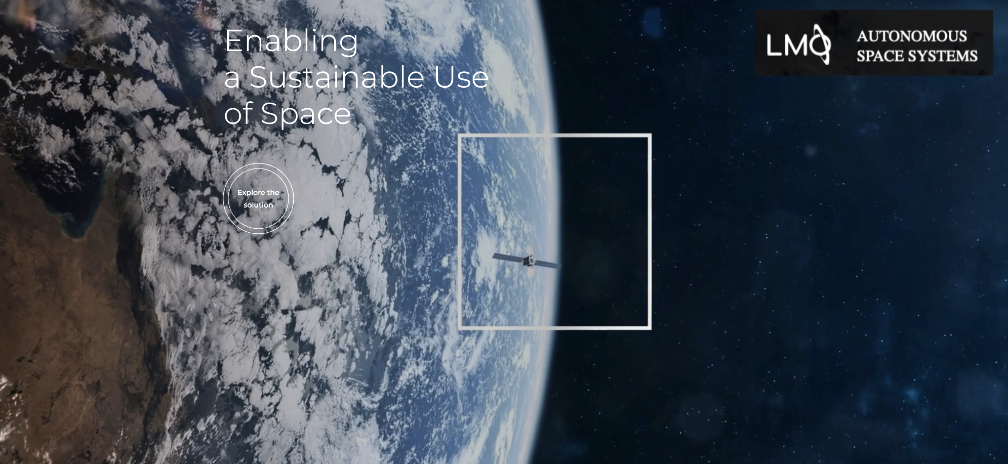
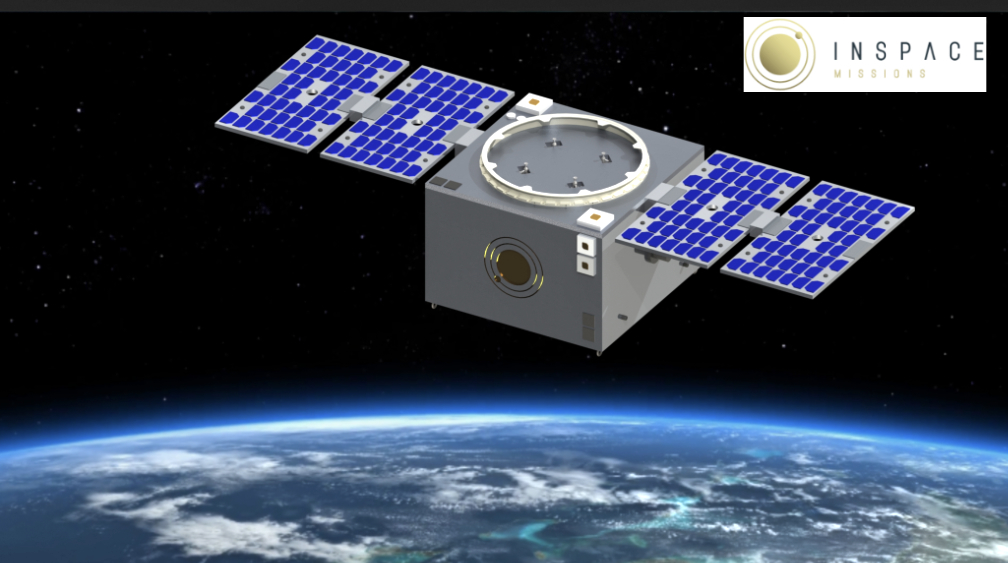
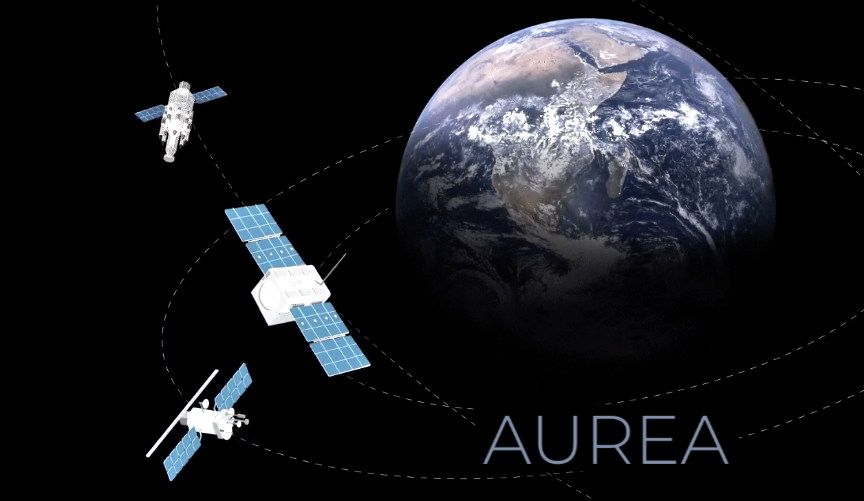
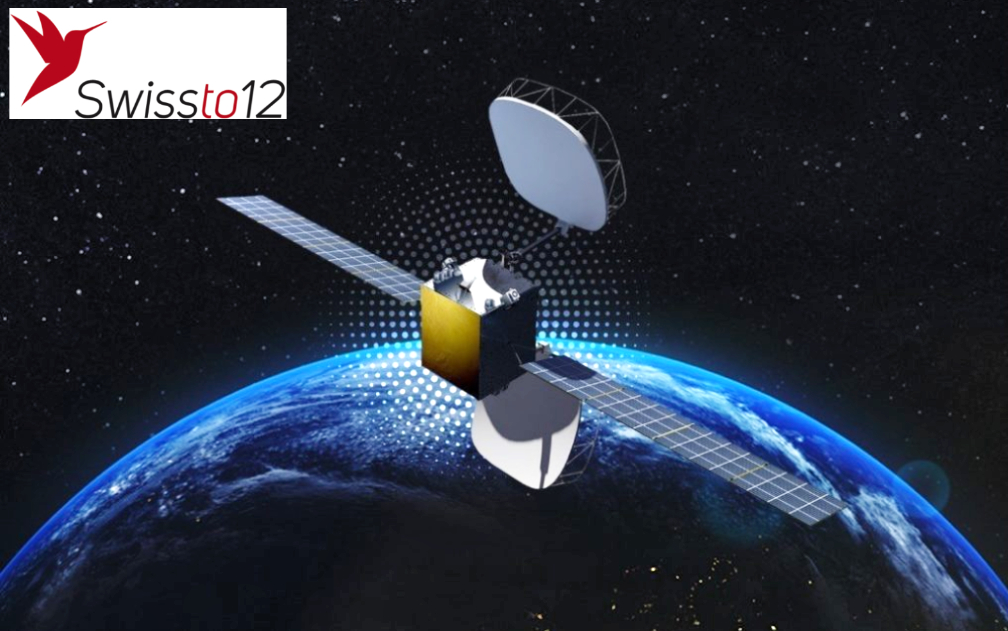

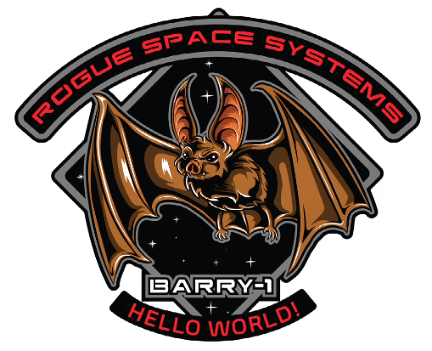
 , autonomous AI robots, that provide in-space infrastructure and services, has successfully integrated their “Barry” (Barry-1) spacecraft into its deployer with partner
, autonomous AI robots, that provide in-space infrastructure and services, has successfully integrated their “Barry” (Barry-1) spacecraft into its deployer with partner 